Get A LetGo Clone App Today For Enhanced Customer Satisfaction
home / blog / Get A LetGo Clone App Today For Enhanced Customer Satisfaction
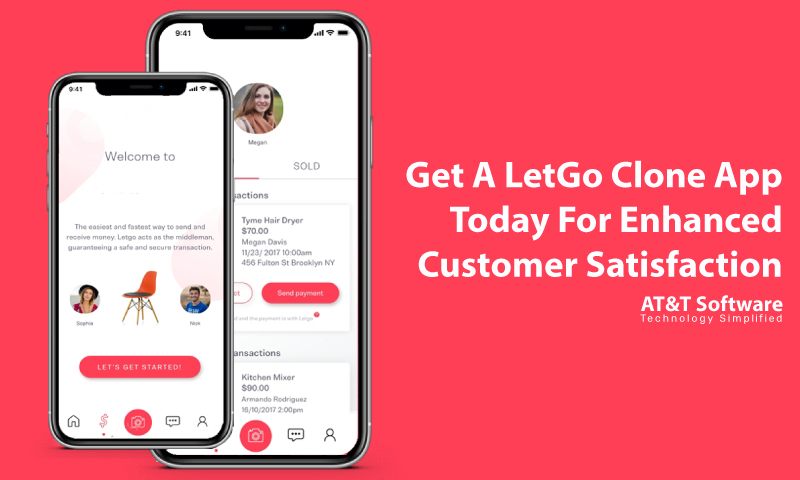
Since the introduction of the internet, business platforms have found a brand new outlet. While B2B and B2C marketplaces already had a physical presence, C2C marketplaces started building their virtual reality in the global landscape. For example, a LetGo Clone is a C2C marketplace that helps customers sell used goods to other customers.
C2C eCommerce has previously been an informal marketplace with limited geographical reach. However, with the advent and rapid growth of online C2C marketplaces, selling used items to buyers from other cities and countries. The basic conceptualization of the C2C market is to provide a platform for individual sellers to find the right match for selling their products.
LetGo Clone Benefits For All
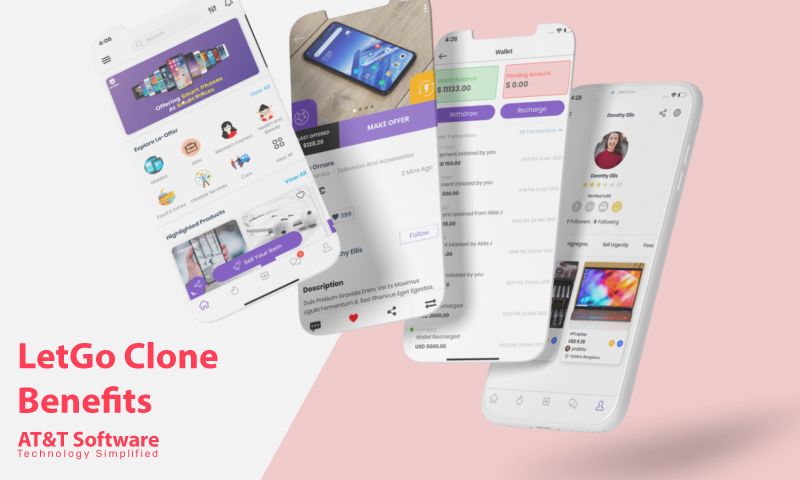
Buyers can find their required product at a reasonable price range and certainly in good condition. Businesses can have better reach, loyal clientele, and a steady revenue leveraging the LetGo Clone app platform.
For Buyers:
- Buyers in an online C2C marketplace can easily search for whatever product they wish to buy and then purchase it.
- To purchase objects from the listed products of the platform, the user is required to log in. The entire log-in process has been deliberately designed to be hassle-free and quick.
- With regular notifications, users are always kept updated. Discounts, product availability, info about special events, and many other reasons can be accounted for, including notifications.
For Sellers:
- Sellers on a LetGo Clone will have an interactive dashboard that will allow sellers to view the product’s performance and understand the market trends.
- The seller can add multiple products to the list and manage the inventory. They are also allowed to update the product status.
- Every seller will be provided with an independent profile, which they use to market their brands and products, reaching out to a wider audience.
Revenue Model Of A LetGo Clone
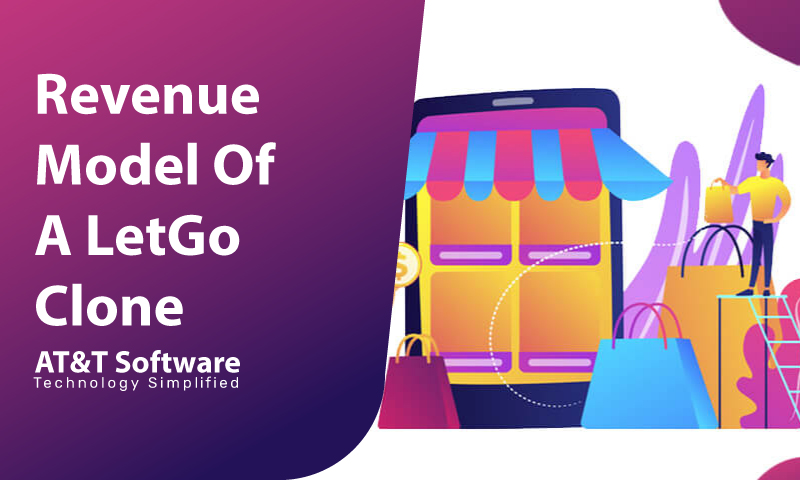
Though everyone at LetGo Clone is looking to do business, the platform has its very own revenue model to do business. Every app has its independent revenue models, among which some techniques are quite popular and can be seen in other eCommerce marketplaces. Here are a few revenue options that one can add to their C2C eCommerce marketplace app.
Delivery Charges
The most obvious and useful way for an eCommerce application to make money is by charging for delivering the product. Today’s most eCommerce services allow delivery services, allowing customers to receive items at their doorstep. Based on distance, service range, market trend, and other crucial factors, charges can be applied for delivery.
Membership Fee
A LetGo Clone can also include membership fees for each buyer and seller using the platform’s services. Many platforms often charge access to the marketplace for doing business. This membership fee has to be paid monthly or yearly, depending on the plan.
Seller Fee
The seller can be charged separately for listing their products on the platform for sale. When a seller adds a product to the list, it automatically gets featured on the platform. However, the seller may be required to pay a fixed one-time charge to do this.
Transaction Fee
Transaction fees are traditionally charged to allow a financial transaction through the app. Every time a product is sold on the platform, the seller must pay a commission for conducting the transaction fruitfully and successfully selling the product.
Advertisement Fee
Advertisements are the easiest way to earn direct revenue for a LetGo Clone. An application can leave out advertisement spaces for third-party companies. These companies will be leasing the space for promoting their content on your application and pay a certain amount for doing so.
Commission Model
The app could also earn commissions easily on multiple grounds and direct revenue. Both the buyer and the seller have some reason to visit the platform. Hence, both can be charged for carrying out trade.
Detailed Workflow Of LetGo Clone In Chronology
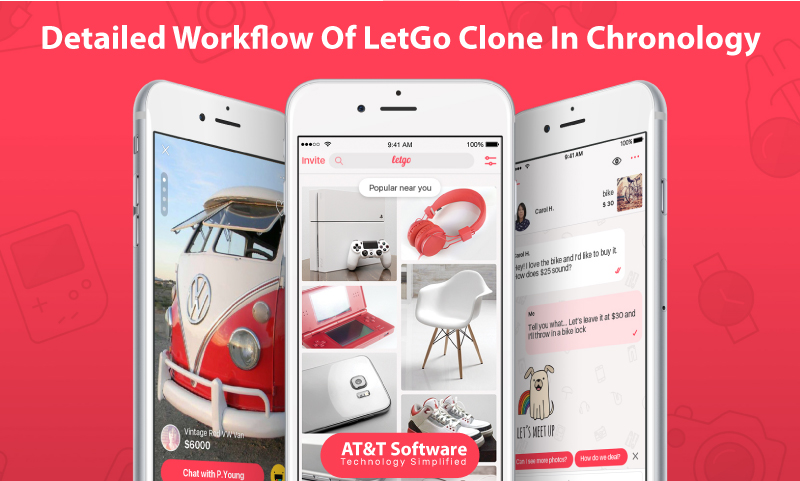
The workflow of a LetGo Clone entails the chronological way through which buyers and sellers can come in contact with one another using the means of an application. Both the buyer and the seller have contradicting purposes, and the platform gives each of them a proper justification. So, let us look at how a C2C eCommerce marketplace makes the whole process work in a line.
Step1: Product Listing
In a C2C marketplace, the buyer and the seller are both customers. While the buyer is the immediate customer, the product being sold by the seller was bought and used by them before reselling it into the market. The seller has to add the second-hand product to the product list allotted by the app platform with a reasonable price. Any buyer looking for the same model or a similar item will be recommended with the product and its details for the user to choose from.
Step2: Ad & Promotions
The product posed by a seller on a LetGo Clone will be visible on the platform immediately. Therefore, it is safe to assume that you are not the only seller of the product; there is competition. This is crucial for sellers to promote their products to enlarge their product reach. Usually, these ads & promotions are paid services, and the seller has to pay for them.
Step3: User Feed
After the buyer has logged into their account, the app home page will automatically feature some trending items, recommendations by the app platform, location-based offers, and many other things over the user feed. The user feed of the buyer contains all sorts of items the user may or may not personally like. After the buyer has used the app and specified their interests, the app recommendations will automatically change their course.
Step4: View Products
The will have an organized category listing, where all the product types are listed out. The buyer can simply visit the list and choose what they require. Once they find a close match, they can see the page and look for a specific item that best meets their requirements.
Step5: Negotiations
As a C2C buying-selling application, LetGo Clone needs to introduce a way for both parties to present their case. That is to say; they can negotiate the deal offered to them. Then, once they settle on an agreement, the buyer can proceed to place the order.
Step6: Instant Chatting
As negotiations are allowed on the platform, it is quite obvious that the app has to have its communication panel. Perhaps, the most decent and professional way of communicating within an app platform would be chatting. Users can use instant in-app chatting for negotiations, basic queries, and deal confirmation.
Step7: Flexible Paying
The seller will have to give the last nod of confirmation as the deal is set. Once the order is confirmed, LetGo Clone will automatically ask the buyer to pay for the product. Next, the buyer must choose one of the available methods allotted by the app.
Step8: Order Tracking
From the time the order gets placed, everything that comes after it will be updated to the buyer almost in real-time. The details of shipping to delivery; everything is mapped out accordingly. When the product is out for delivery, the user may be able to track the delivery person using a GPS tracker.
Step9: Rating Seller/ Products
The buyer will be allowed to rate the whole process. They can rate the seller and the product sold by them. They can mention grievances after buying the product.
Vital Features On A LetGo Clone
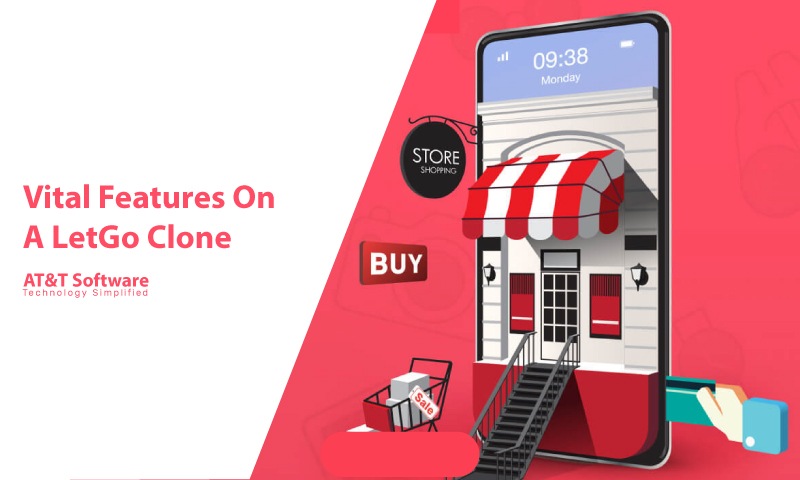
There are quite a few features that are vital for a LetGo Clone. Every user panel has separate features representing the functions allotted for each user. For example, the buyer will have features related to purchasing, while the seller will have features to enhance their selling process.
LetGo Clone User Panel Features
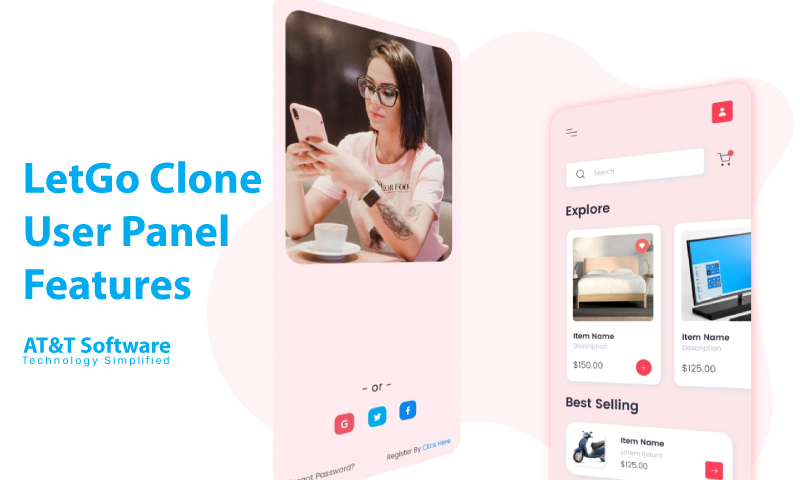
Sign Up
The buyer of a C2C eCommerce marketplace needs to sign-up initially to use the services of the platforms. The user must sign up using their personal or social credential, like email I.D.
User Feed
Once users have signed up, they can visit their user feed to view the platform’s different products available or recommended. They can also find different sections easily to better sort their requirements.
User Account
The user account contains all the information and data of the user-provided by them and their active participation on the platform.
Product Info View
If the user stumbles upon a product they might want to buy, check the specifications and details under the product info section.
Seller Info View
Similarly, they can also view the seller info while buying a product. Every product has a listed seller, and in a second-hand product marketplace, the buyer needs to know certain things about the seller.
LetGo Clone Seller Panel Features
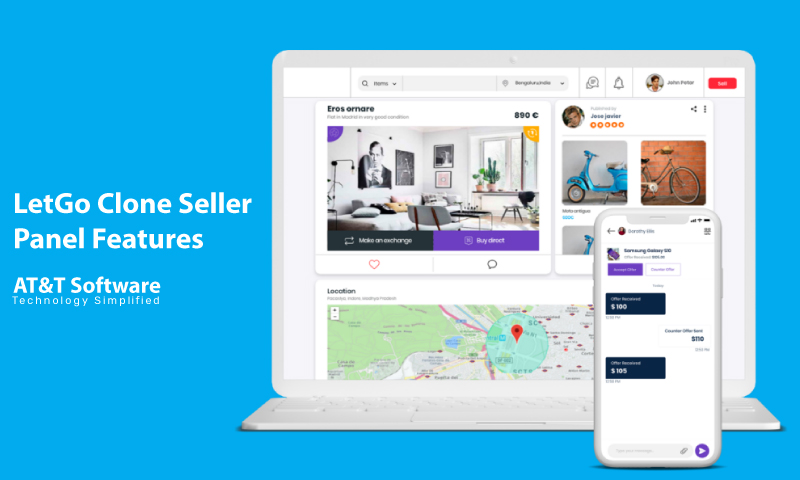
Seller ID Log In
The seller has to log in as well using their unique I.D provided by the platform itself.
Seller Profile
Once the seller has logged in, they will be provided with a profile. The profile contains all the professional and personal info, checking which buyers choose them.
Bank Account Linking
For conducting transactions, the seller needs to add their bank account. This way, they can easily transfer amounts to their account.
Product Listing
Listing products is the most important thing for a seller. They have to list the product, and they can also promote it for a better deal.
In-App Chat
They can chat with clients and negotiate deals. In addition, they can answer all the questions asked by the buyer when they show interest in the product.
Conclusion
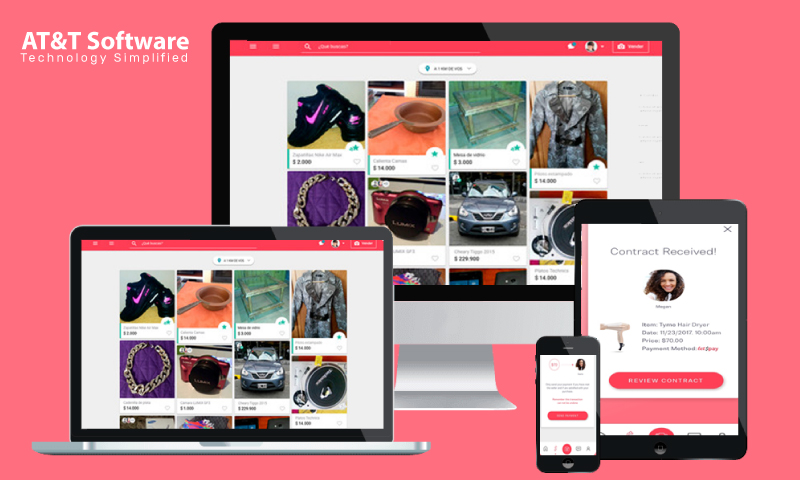
As eCommerce services strengthen further, the service platforms are focused on making the selling and buying process easier. For example, LetGo Clone lets users sell products through a painless method with the same ideology. In addition, buyers also have perks in negotiating and buying products.

I hope you enjoy reading this blog post.
Would you like to get expert advice? Schedule a Call
About Webrock Media
Webrock Media comes with an incredible team of website and mobile application developers who can customize the perfect solutions to transform your business. We think ourselves to be an ideal ‘Technology Simplified Destination’ as we know how to perfectly merge creativity and programming to build robust websites for our clients.
